-202403121604.gif)


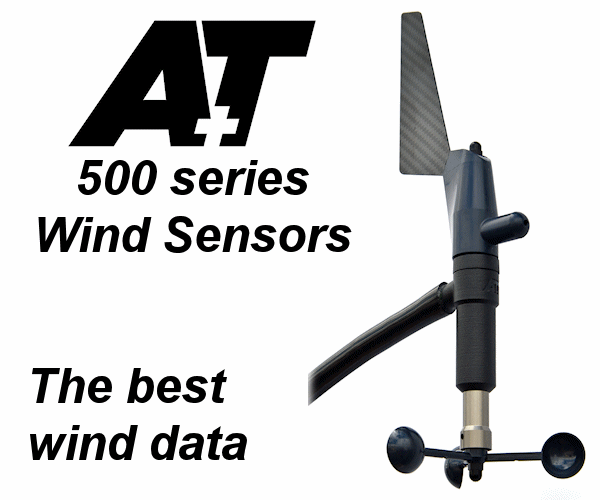







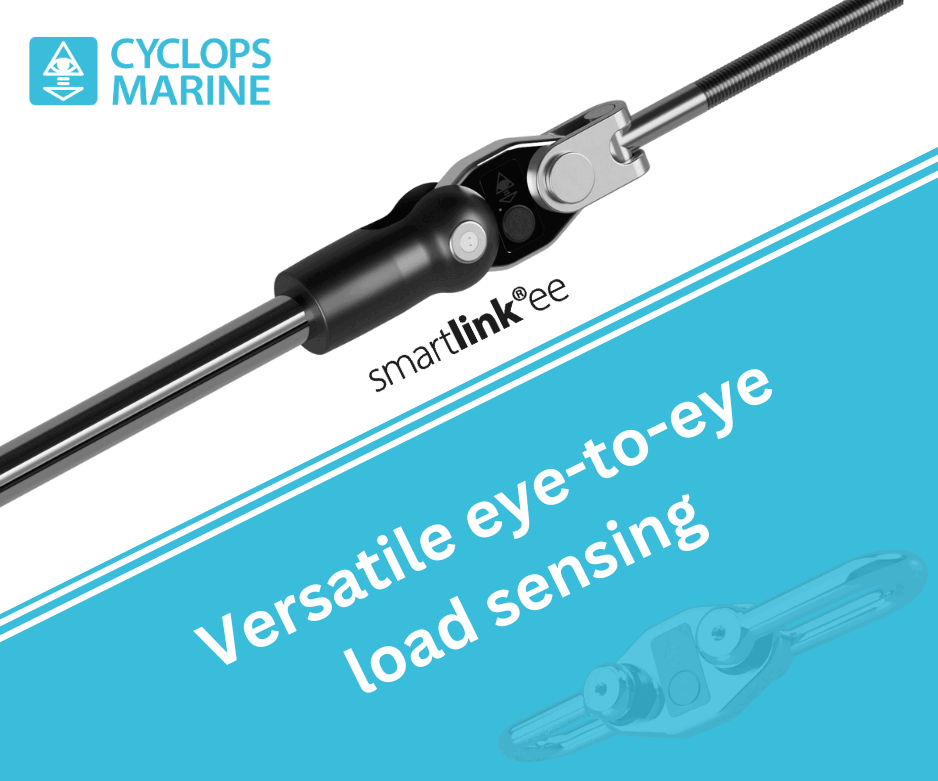
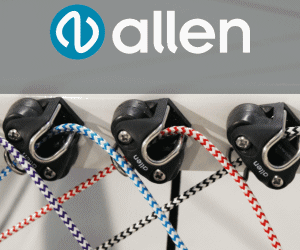
Boats for sale
| J24 (Sail No. 4239) Dartmouth |
 |
| Laser XD 203301 Upminster |
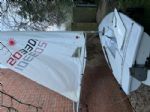 |
| Laurent Giles 'Jolly Boat' Exeter |
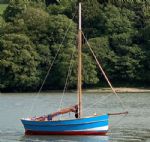 |
List classes of boat for sale |
Sail Panel Layout |
Post Reply 
|
Page <12345> |
| Author | |
rodney 
Really should get out more 

Joined: 26 Feb 09 Location: United Kingdom Online Status: Offline Posts: 915 |
 Post Options Post Options
 Quote Quote  Reply Reply
 Topic: Sail Panel Layout Topic: Sail Panel LayoutPosted: 09 May 19 at 8:01am |
|
When it comes to Finn sails my preference is always radial regardless of conditions. I have both but the cross cut sail stays in storage and is, probably, soon for sale. Having said that I've been using radial Finns sails for a very long time so it may be just that I am comfortable with them?
|
|
|
Rodney Cobb
Suntouched Sailboats Limited http://www.suntouched.co.uk [EMAIL=rodney@suntouched.co.uk">rodney@suntouched.co.uk |
|
 |
|
Sam.Spoons 
Really should get out more 
Joined: 07 Mar 12 Location: Manchester UK Online Status: Offline Posts: 3398 |
 Post Options Post Options
 Quote Quote  Reply Reply
 Posted: 09 May 19 at 12:01pm Posted: 09 May 19 at 12:01pm |
I can't see that (well maybe they are trying to big up cheaper materials), but a non stretch sail would only set one way and any changes would introduce creases. In fact, most laminate sails do have creases much of the time which I attribute to the fact that they don't stretch much. Sean Cox (Demon Sails designer) always said that small creases didn't affect performance as they were within the boundary layer, I suspect he is well qualified to comment as his day job was designing fighter plane wings. My Hyde replica sail looks awful down wind in the light stuff but seems to go well enough. Once you get some pressure the mast bends and it looks fine. The Blaze M7 mast is pretty stiff though so that doesn't help. Edited by Sam.Spoons - 09 May 19 at 12:01pm |
|
|
Spice 346 "Flat Broke"
Blaze 671 "supersonic soap dish" |
|
 |
|
Guests 
Guest Group 
|
 Post Options Post Options
 Quote Quote  Reply Reply
 Posted: 09 May 19 at 1:28pm Posted: 09 May 19 at 1:28pm |
Well, you say that, but I don't believe it's true. Low stretch is tensile strength with low plastic deformation under tension. A sail that was very stiff would only hold one shape and would either crease (plastic deformation) or break (brittle) if you tried to change it's shape. Dyneema rope is very low stretch, lower than wire for the weight. But it's much less stiff. Dyneema / kevlar / carbon /polyester can all be used in laminate to reduce stretch, they won't mean the sail is stiff though. They can be made stiff if woven correctly in a resin however. In fact, almost all the stiffness in laminate sails is from the laminate, not the low stretch fibre. Sails that are very stiff are hard to set because they take quite a bit of force to deform. So you can't see your luff collapsing. They are also difficult to set in to different shapes without quite a bit of force from the wind, so again not good in the light. If you had a sail that was extremely stiff it would effectively be a hard shell and you wouldn't be able to tack let alone change it's shape. But low stretch does not equal stiff.
|
|
 |
|
Oatsandbeans 
Far too distracted from work 
Joined: 19 Sep 05 Location: United Kingdom Online Status: Offline Posts: 382 |
 Post Options Post Options
 Quote Quote  Reply Reply
 Posted: 09 May 19 at 1:44pm Posted: 09 May 19 at 1:44pm |
|
Sorry but low stretch does equal stiff- my day job is testing materials!
|
|
 |
|
Guests 
Guest Group 
|
 Post Options Post Options
 Quote Quote  Reply Reply
 Posted: 09 May 19 at 1:55pm Posted: 09 May 19 at 1:55pm |
|
Well illuminate us!
How can dyneema rope have the same tensile strength as steel rod (or wire), but then bend around a pulley without deforming? Why will a steel rod the same tensile strength as Dyneema stand up on end due to stiffness but dyneema rope won't?
|
|
 |
|
Sam.Spoons 
Really should get out more 
Joined: 07 Mar 12 Location: Manchester UK Online Status: Offline Posts: 3398 |
 Post Options Post Options
 Quote Quote  Reply Reply
 Posted: 09 May 19 at 2:29pm Posted: 09 May 19 at 2:29pm |
|
If you could make a steel wire with the same number and diameter of fibres as dyneema rope it would be very flexible. If you take a metre of 2.5mm 7x19 wire you'll struggle to stand it on end, but it'll bend around your halyard sheave quite easily.
|
|
|
Spice 346 "Flat Broke"
Blaze 671 "supersonic soap dish" |
|
 |
|
Oatsandbeans 
Far too distracted from work 
Joined: 19 Sep 05 Location: United Kingdom Online Status: Offline Posts: 382 |
 Post Options Post Options
 Quote Quote  Reply Reply
 Posted: 09 May 19 at 3:51pm Posted: 09 May 19 at 3:51pm |
|
Yes. The reason that high stiffness fibres can bend round sheaves is that they are made from filaments typically 10 microns in diammeter.
|
|
 |
|
Sam.Spoons 
Really should get out more 
Joined: 07 Mar 12 Location: Manchester UK Online Status: Offline Posts: 3398 |
 Post Options Post Options
 Quote Quote  Reply Reply
 Posted: 09 May 19 at 3:58pm Posted: 09 May 19 at 3:58pm |
|
My experience of this came from braided copper electrical cables.
|
|
|
Spice 346 "Flat Broke"
Blaze 671 "supersonic soap dish" |
|
 |
|
Guests 
Guest Group 
|
 Post Options Post Options
 Quote Quote  Reply Reply
 Posted: 09 May 19 at 9:15pm Posted: 09 May 19 at 9:15pm |
|
I still feel the stiffness of the cloth is more related to the thickness or weight than the stretch.
I can't imagine a low stretch sail creasing up when you pull depth out.
|
|
 |
|
Oatsandbeans 
Far too distracted from work 
Joined: 19 Sep 05 Location: United Kingdom Online Status: Offline Posts: 382 |
 Post Options Post Options
 Quote Quote  Reply Reply
 Posted: 09 May 19 at 9:30pm Posted: 09 May 19 at 9:30pm |
|
You may be getting confused with the stiffness of the cloth to bending , you can guage this with bening it in your fingers which is very thickness dependant, and the stiffness to tensiles loads( which is difficult to assess unless you have the kit), it is its resistance to temsile loads whcih is what the sail makers are interested in. Interestingly the latest sails ( North 3 di) appear to have extremely high in plane stiffness. They don't need to be pulled about ( and can't be) like a more flexible sail but they hold their design shape despite changes in the wind loading due to their amazing stiffness properties ( I am not an expert on sailcloth but it looks like that to me)
|
|
 |
|
Post Reply 
|
Page <12345> |
| Forum Jump | Forum Permissions  You cannot post new topics in this forum You cannot reply to topics in this forum You cannot delete your posts in this forum You cannot edit your posts in this forum You cannot create polls in this forum You cannot vote in polls in this forum |
Bulletin Board Software by Web Wiz Forums® version 9.665y
Copyright ©2001-2010 Web Wiz
Change your personal settings, or read our privacy policy
Copyright ©2001-2010 Web Wiz
Change your personal settings, or read our privacy policy











 Printable Version
Printable Version Delicious
Delicious Digg
Digg Facebook
Facebook Furl
Furl Google
Google MySpace
MySpace Newsvine
Newsvine reddit
reddit StumbleUpon
StumbleUpon Twitter
Twitter Windows Live
Windows Live Yahoo Bookmarks
Yahoo Bookmarks Topic Options
Topic Options